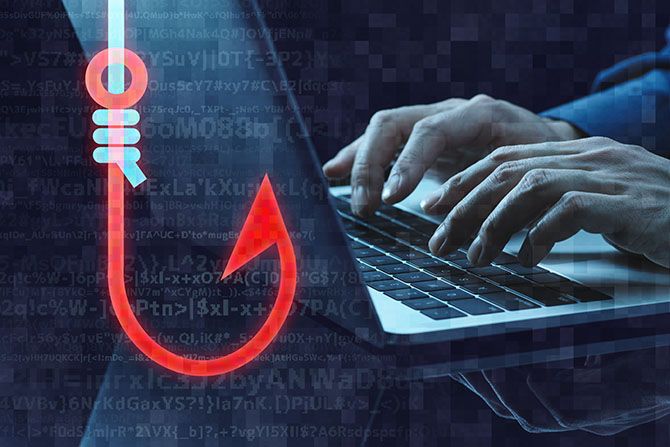As a banker, you are a prime target for phishing attacks due to the nature of your work involving sensitive financial information. Here are some best practices specifically for bankers to help avoid falling victim to phishing attacks:
- Perform rigorous employee training: Ensure that all bank employees undergo regular training on cybersecurity best practices, including identifying phishing attempts, recognizing red flags in emails and understanding the potential consequences of a successful phishing attack. Training should be updated regularly to stay current with evolving threats.
- Use email filters and anti-phishing tools: Implement robust email filters and anti-phishing tools to automatically detect and filter out suspicious emails. These tools can help identify and flag potential phishing attempts, reducing the risk of employees falling victim to them.
- Verify email requests independently: If you receive an email requesting sensitive information or a financial transaction, independently verify the request through a separate communication channel. Use a known and verified phone number or contact the person directly to confirm the legitimacy of the request before taking any action.
- Be cautious with hyperlinks and attachments: Avoid clicking on links or opening attachments in emails, especially from unknown senders or suspicious emails. Hover over hyperlinks to view the actual URL before clicking on them. Verify the legitimacy of attachments and scan them with antivirus software before opening them.
- Double-check email addresses: Phishers often use email addresses that closely resemble legitimate ones to trick recipients. Always double-check the email address of the sender to ensure it matches the known email address of the person or organization it claims to be from.
- Implement multi-factor authentication (MFA): Enable multi-factor authentication for all banking systems and applications. This adds an extra layer of security by requiring additional verification steps, such as a one-time password or biometric authentication, in addition to the username and password.
- Regularly update and patch software: Keep all banking systems, software and applications up to date with the latest security patches. Regularly update antivirus and anti-malware software to ensure they can detect and mitigate the latest threats.
- Conduct regular security assessments: Perform periodic security assessments and penetration testing to identify vulnerabilities in your banking systems and infrastructure. Address any identified weaknesses promptly to enhance your overall security posture.
- Implement strong password policies: Enforce strong password policies for all banking staff, including requirements for complex passwords, regular password changes and restrictions on password reuse across different systems.
- Encourage a culture of cybersecurity: Foster a culture of cybersecurity awareness and encourage employees to report suspicious emails or incidents promptly. Establish clear communication channels for reporting and responding to potential phishing attacks.
By implementing these best practices and maintaining a proactive approach to cybersecurity, bankers can significantly reduce the risk of falling victim to phishing attacks and help protect their customers’ financial information. For questions concerning your institution’s cyber coverage, please contact KBA Insurance.









